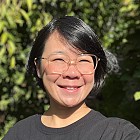Tokyo: Approaching Peak

After reporting about autumn colors from Hokkaido, Tohoku, the Mount Fuji area and even Kyoto, today we finally bring to you our first Tokyo autumn color report for this 2025 season.
Broadly speaking, the leaves of many ginkgo trees in the city have turned a beautiful shade of golden yellow, while the maple trees are need more time to develop their best colors. Having said that, I expect the best time to see the colorful foliage to continue through into next week. In some places, the ginkgo leaves would be falling in larger numbers, but the maple leaves should anchor the season for a while more.
Icho Namiki Avenue
My first stop for today was the popular Jingu Gaien Icho Namiki, rows of ginkgo trees along an avenue in Meiji Jingu Gaien Park. The site is a popular autumn color viewing spot in central Tokyo, and typically draws large crowds during the peak of the season. I found the ginkgo leaves to be at their golden-colored best and almost sparkling in the sunlight. There were still some trees that sported more green leaves than yellow, but those were the minority. I expect the next few days and this weekend to be one of the busiest times, as the colors are at their best.
Until November 30, the trees are illuminated from 16:30 to 19:30.


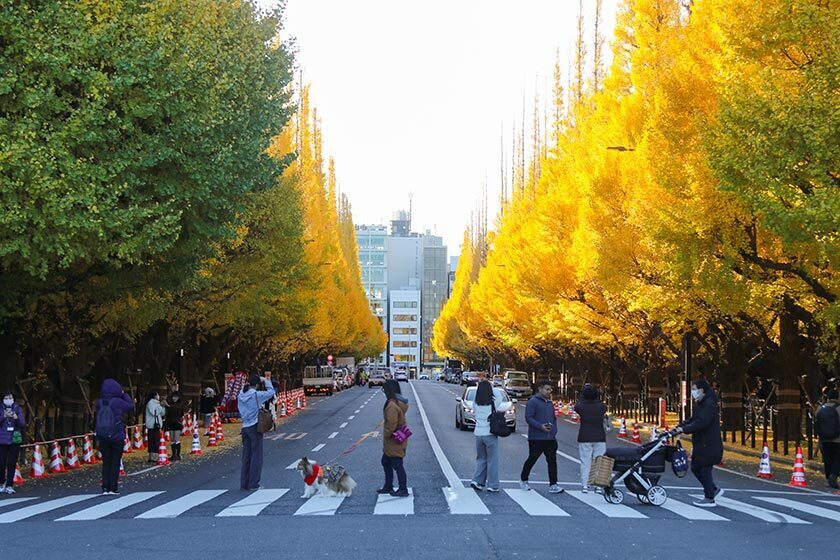
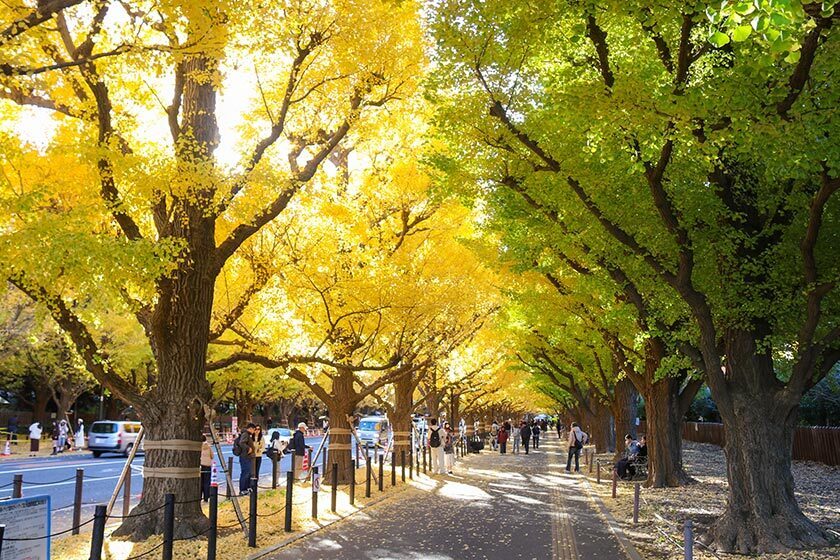

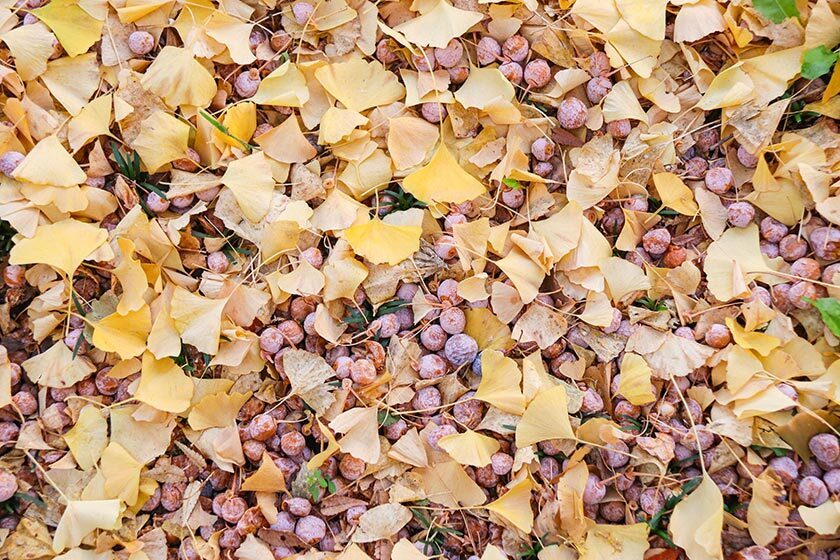

Koishikawa Korakuen
Next, I headed to Koishikawa Korakuen, a Japanese landscape garden beside Tokyo Dome. Today, I saw that the maple trees in the garden needed more time before they reach their peak colors. I expect more colors to develop by this coming weekend and the best viewing to start from then.
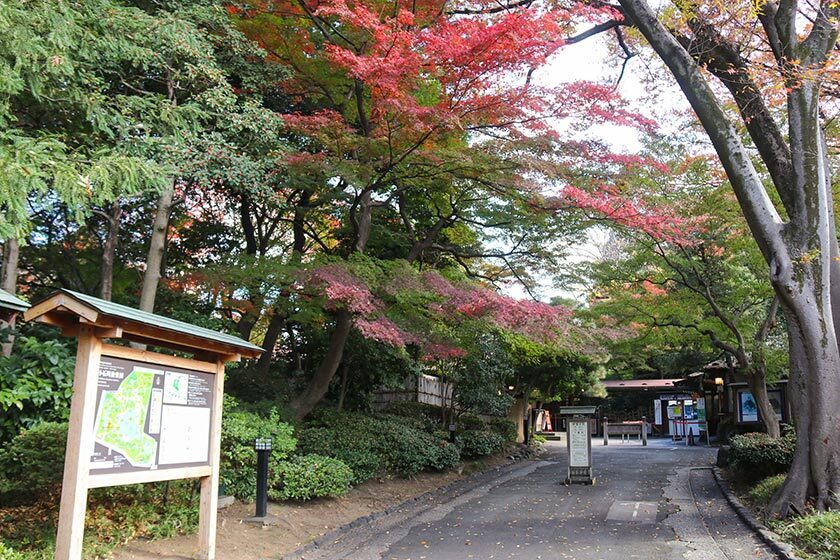
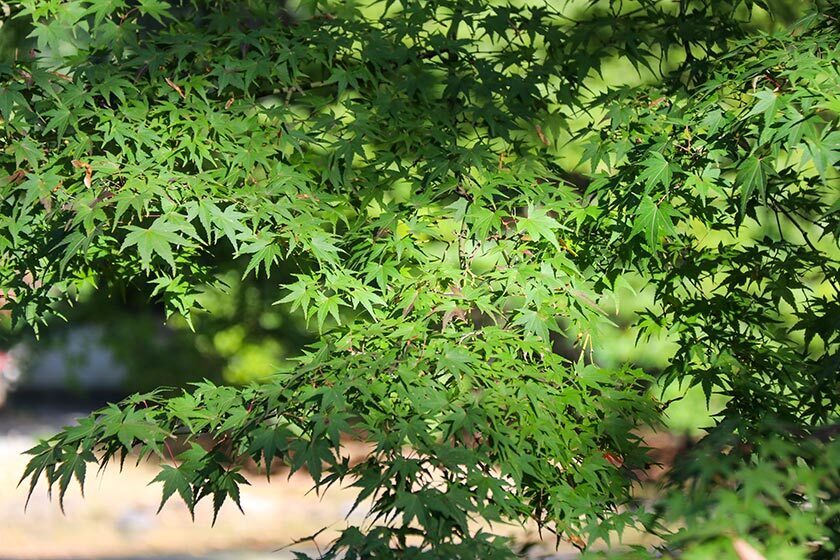
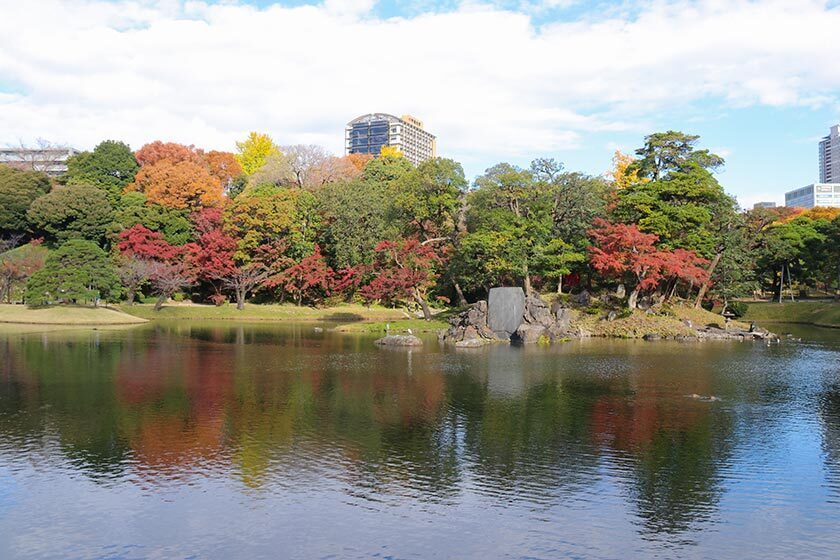


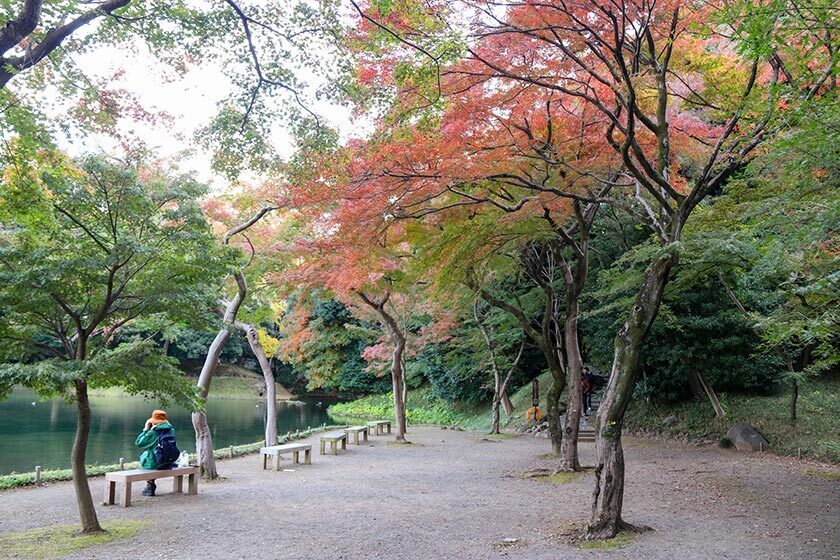
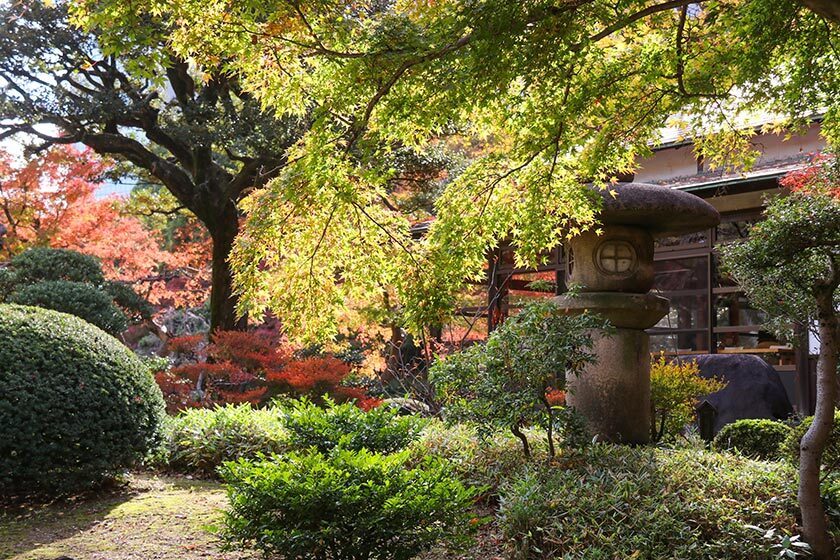

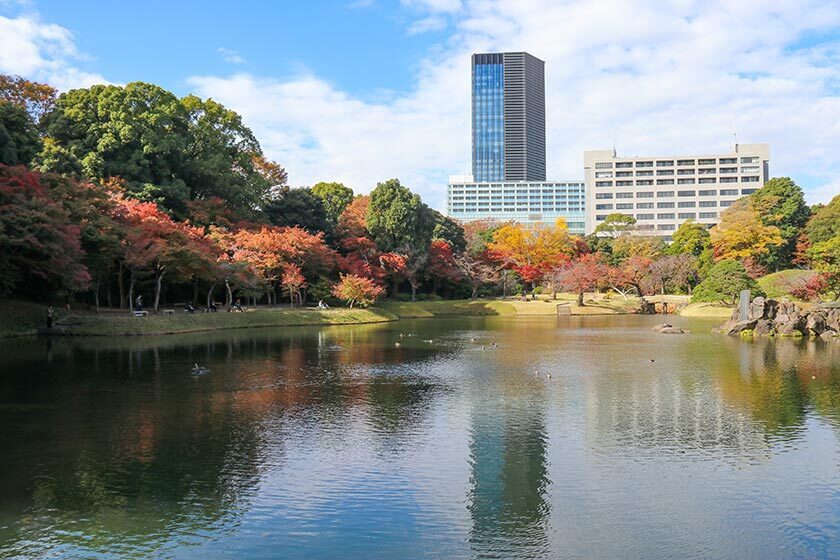
Showa Memorial Park
My final stop for today was Showa Kinen Koen, a massive park in western Tokyo. I found myself enjoying the peak autumn colors on a sunny, but slightly chilly day. As the area where the park is located tends to be slightly cooler compared to downtown Tokyo, the coloring and longevity of the leaves here are typically more advanced as well.
The main areas to see autumn colors are the ginkgo trees by the canal near the Tachikawa entrance, the Japanese garden in the northern end and another stretch of ginkgo trees on the western end. I found the ginkgo trees near the Tachikawa entrance to be at their peak, though many of the trees with direct sunlight were already starting to lose their leaves. The ginkgo trees at the western end were definitely fuller. Maple trees were the stars over at the Japanese garden, and many were sporting brillant red and orange leaves.


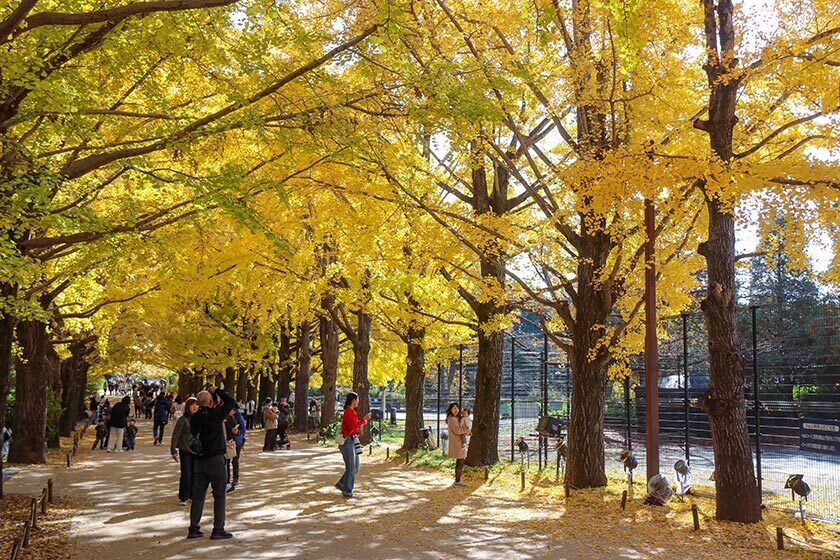
Until November 30, the main autumn color areas in the park are illuminated from 16:30 to 21:00. Note that an additional entrance fee is charged for the Japanese garden during the illumination time.
The massive park is famous for seasonal foliage like cherry blossoms and rape blossoms (nanohana) in spring, fresh green leaves in early summer and colorful changing leaves in autumn. It is easy to spend at least half a day at the massive park when the weather is good. It is possible get around the park on foot, but a more convenient and faster option is to rent a bicycle (600 yen for the first three hours).
The closest stations to the park are Nishi Tachikawa (less than 5 minutes on foot to the entrance) and Tachikawa (about 15 minutes on foot to the entrance).
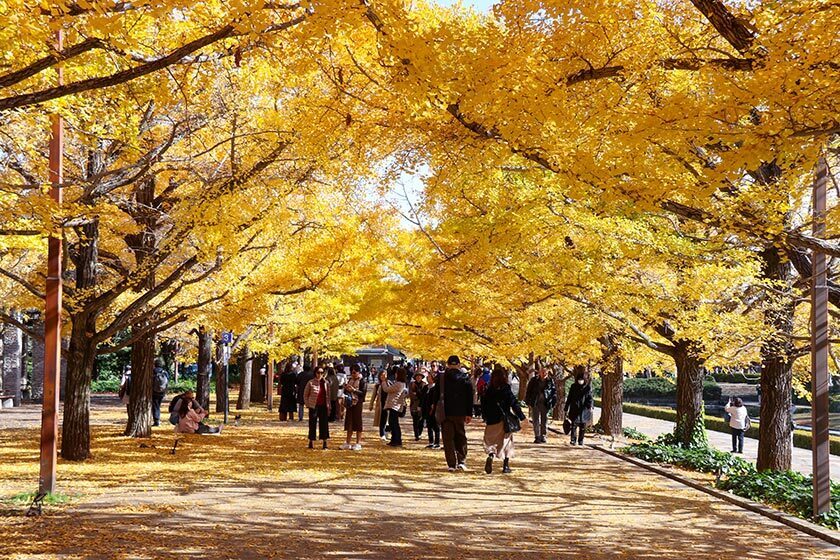

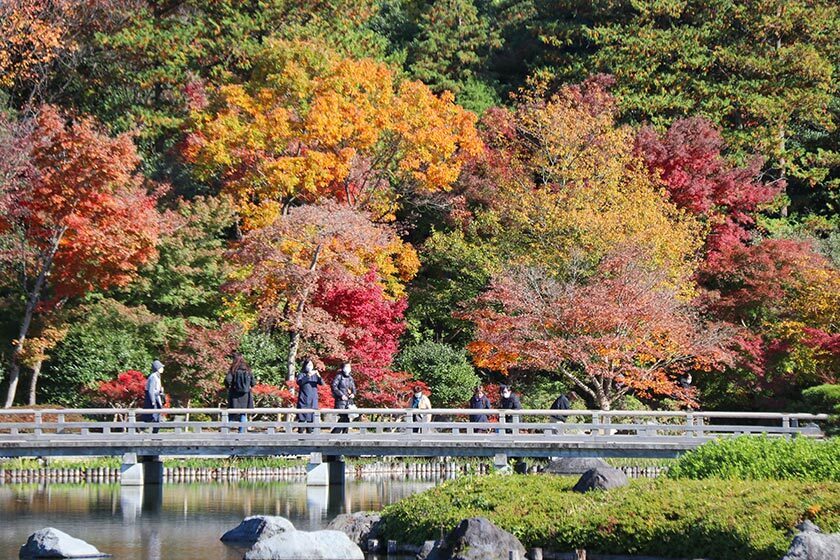



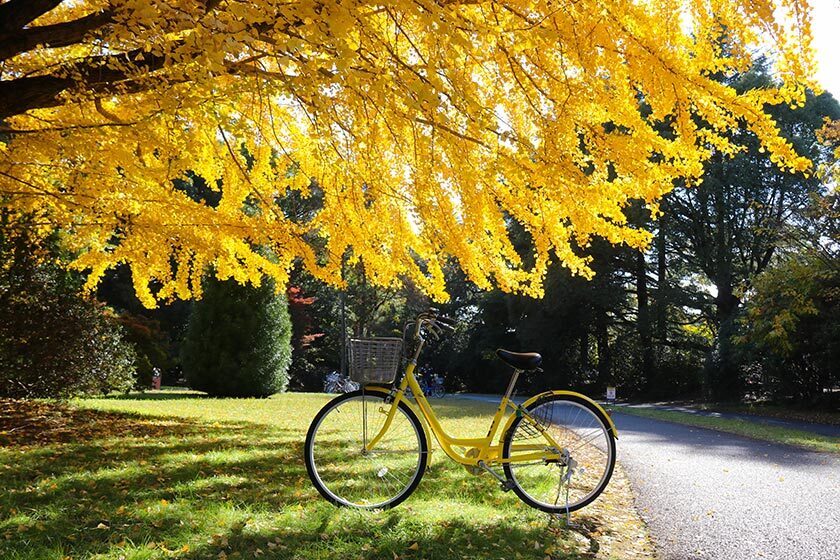
Questions? Ask in our forum.
